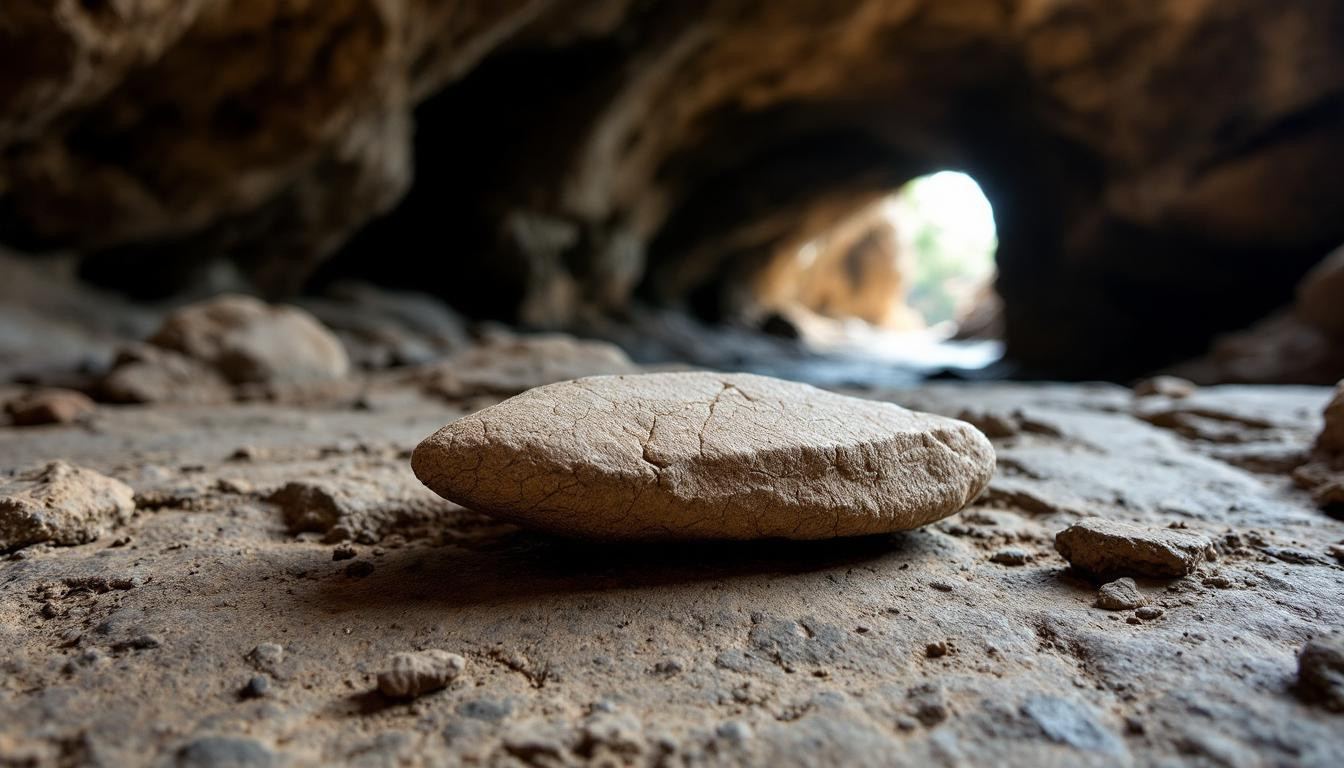Inside a South African cave accessed by climbing ropes and safety harnesses, archaeologists recently made a discovery that’s revolutionizing our understanding of ancient human cognition. Thousands of stone tools dating back 12,000-24,000 years reveal sophisticated problem-solving abilities that challenge assumptions about our ancestors’ mental capabilities. The artifacts, part of the Robberg Technocomplex, show how Ice Age humans adapted to dramatically different landscapes and climate conditions than exist today.
The cognitive evolution revealed in stone
When we examine these ancient tools, we’re essentially looking at externalized cognitive processes – physical manifestations of how our ancestors thought, planned, and solved problems. “This is an important insight into how people who lived in this region were living and hunting and responding to their environment,” explains Sara Watson, Postdoctoral Scientist at the Field Museum’s Negaunee Integrative Research Center.
The tools represent a psychological phenomenon I often describe to my therapy clients – the brain’s remarkable capacity for adaptation. Just as we develop new mental strategies to navigate life challenges, our ancestors crafted innovative tools to survive in changing environments.
Environmental adaptation and mental flexibility
During the late Ice Age, South Africa’s landscape was drastically different. “Instead of being right on the water like they are today, these caves would have been near vast, open plains with large game animals like antelope. People hunted those animals, and to do that, they developed new tools and weapons,” Watson notes.
This pattern of environmental adaptation mirrors what modern neuroscience tells us about brain plasticity – our neural networks physically reorganize in response to new challenges and learning opportunities.
The surprising sophistication of ancient minds
“People living around the last ice age were very similar to people today.”
This statement from researchers challenges our tendency toward chronological snobbery – the cognitive bias that assumes people from earlier eras were less intelligent or capable. The evidence suggests Ice Age humans possessed complex planning abilities, spatial reasoning, and technical knowledge comparable to modern humans, just applied to different problems.
Technological innovation as psychological resilience
The cave findings demonstrate how technological innovation served as a form of psychological resilience. When faced with environmental shifts, our ancestors didn’t simply accept limitations – they invented solutions. This mirrors how developing new psychological tools helps us navigate modern challenges:
- Recognizing patterns in our environment
- Adapting behaviors to changing circumstances
- Creating mental frameworks to solve novel problems
- Passing knowledge through social learning networks
What ancient innovation teaches modern minds
When my clients feel stuck in rigid thinking patterns, I often reference what I call the “stone tool mindset” – recognizing that creative adaptation is deeply encoded in our cognitive heritage. By understanding how our ancestors mentally navigated profound environmental changes, we gain perspective on our own capacity for psychological flexibility.
The stone tools of South Africa remind us that innovation isn’t just a modern phenomenon – it’s how humans have always responded to challenges. How might you apply this ancient cognitive flexibility to navigate your own changing landscape? Our brains remain remarkably similar to those that crafted tools thousands of years ago, carrying the same potential for creative problem-solving and resilience in the face of change.
